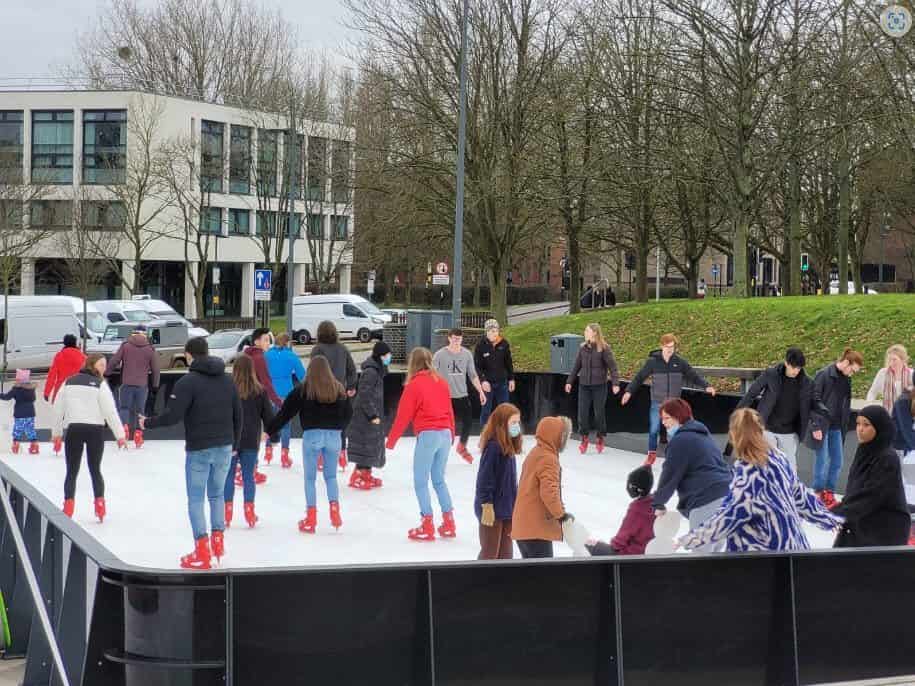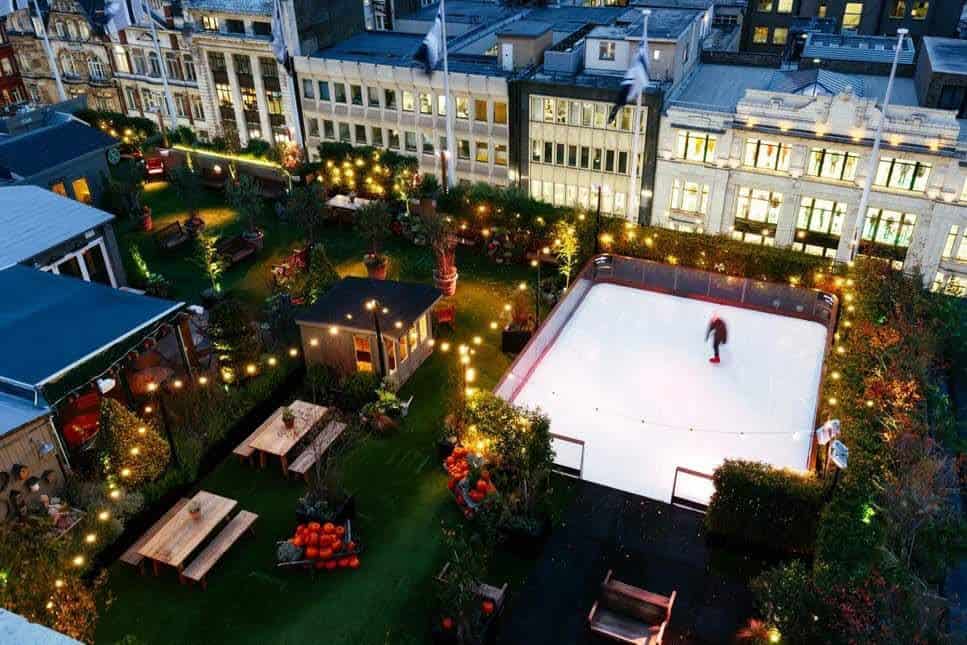Introduction
Ice skating, whether for recreation, sports, or leisure, has long been celebrated as a unifying activity that brings people together. Artificial ice rinks have amplified this sense of community, providing a platform where individuals of all ages and backgrounds can bond, create lasting memories, and strengthen the social fabric of their neighborhoods. In this article, we’ll delve into the social benefits of artificial ice rinks and how they serve as catalysts for building stronger, more connected communities.
1. A Gathering Place for All Ages
Artificial ice rinks are not limited to a specific age group. They cater to everyone, from young children taking their first wobbly steps on the ice to senior citizens reliving their youth. This inclusivity fosters a sense of unity among community members of all generations.
2. Encouraging Physical Activity and Wellness
Skating, whether it’s ice hockey, figure skating, or recreational skating, is a physically demanding activity that promotes health and well-being. Communities that embrace artificial ice rinks encourage residents to engage in regular physical activity, leading to improved fitness and overall health.
3. Promoting Diversity and Inclusivity
Ice skating knows no boundaries when it comes to cultural or social backgrounds. Artificial ice rinks provide a space where people from diverse communities can come together and share their love for skating. These rinks are instrumental in promoting diversity and inclusivity within the community.
4. Supportive Networks and Friendships
The camaraderie and support found within the skating community are unparalleled. Skaters often form tight-knit networks and friendships that extend beyond the rink. These relationships provide emotional and social support, creating a sense of belonging and unity.
5. A Platform for Skill Development
Artificial ice rinks serve as platforms for skill development in ice sports, including hockey and figure skating. Young athletes have the opportunity to train, compete, and progress in their chosen discipline. This development fosters a sense of pride and achievement within the community.
6. Cultural Exchange and Community Events
Many artificial ice rinks host cultural exchange events and themed skate nights. These events bring people together to celebrate various cultures and traditions, fostering a sense of global connection within the community.
7. Building Memories and Traditions
Artificial ice rinks become the backdrop for cherished memories and traditions within communities. From first-time skaters holding hands to families celebrating holidays with a skating session, these rinks play a central role in creating lasting bonds and traditions.
8. Supportive Communities for Young Skaters
Young skaters often find a second family in their local skating community. They receive mentorship from experienced coaches, form friendships with fellow skaters, and gain valuable life skills like discipline and determination.
9. Competitive Spirit and Teamwork
For those involved in ice sports like hockey or synchronized skating, artificial ice rinks provide a training ground for developing competitive skills and teamwork. Team sports on ice foster a sense of unity and camaraderie among teammates, translating into valuable life lessons off the ice.
10. A Stage for Community Celebrations
Artificial ice rinks are not just for sports and recreation; they also serve as stages for community celebrations and events. From holiday festivals and charity fundraisers to ice shows and themed parties, these rinks bring the community together for joyful gatherings.
11. An Escape from Digital Overload
In today’s digital age, artificial ice rinks offer a welcome escape from screens and devices. Skating encourages face-to-face interactions and physical activity, providing a healthy balance to our increasingly digital lives.
12. Volunteer and Leadership Opportunities
Communities with artificial ice rinks often rely on dedicated volunteers and leaders to maintain and manage these facilities. Volunteering and taking on leadership roles within the skating community provide individuals with a sense of purpose and civic engagement.
13. Resilience and Community Bonds During Challenges
During challenging times, such as economic downturns or health crises, artificial ice rinks have served as symbols of resilience and community bonds. The collective effort to keep these rinks operational and accessible demonstrates the strength and unity of the community.
14. A Sense of Identity and Pride
Many communities take great pride in their artificial ice rinks. These facilities become part of the community’s identity and heritage, and residents take ownership of them, ensuring their continued success and vibrancy.
15. Bridging Generations and Cultivating Traditions
Artificial ice rinks serve as bridges between generations, connecting grandparents, parents, and children in shared activities. They also help cultivate traditions that are passed down from one generation to the next.
Conclusion
Artificial ice rinks are more than frozen surfaces; they are vibrant hubs of community life where people come together, create memories, and build bonds that endure. These rinks provide an inclusive and welcoming space for people of all ages, backgrounds, and abilities. Whether through sports, recreation, or cultural events, they foster unity, diversity, and resilience within communities. As we continue to recognize the profound social benefits of artificial ice rinks, it becomes clear that these facilities are not just about skating on frozen water—they are about skating into the hearts of communities and forging connections that last a lifetime.




